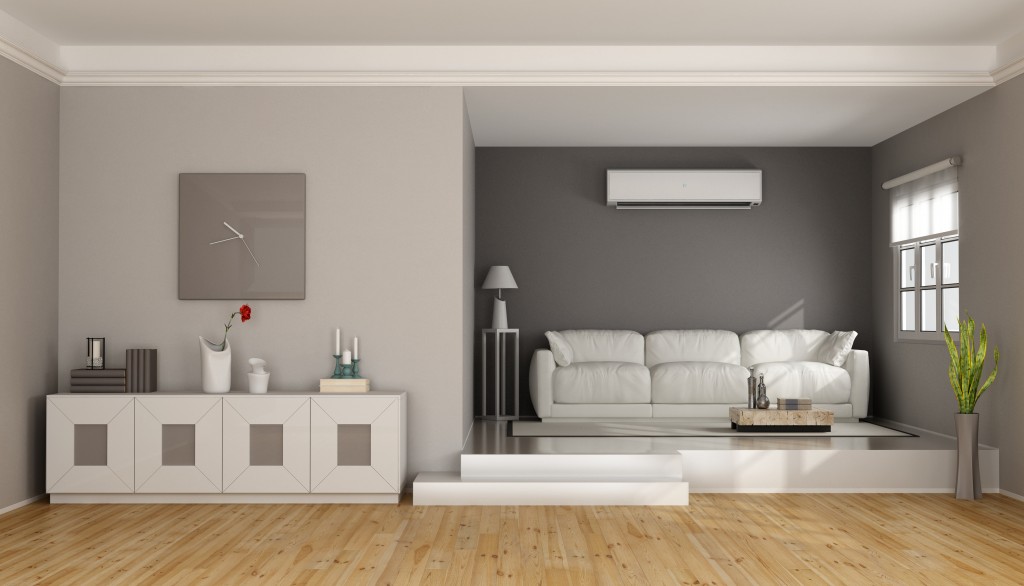When it comes to minimalism, there aren’t any set rules for the furniture pieces, artwork, or colour patterns that you should follow. Instead, minimalism is all about having the right mindset that prioritises simplicity, cleanliness, and elimination of clutter.
Resetting your philosophy about decoration is crucial to creating spaces that are modern, luxurious, and opulent, according to Elliot James, a home interior design consultancy. And it makes sense: elegance is almost always about simple design pieces that speak for themselves rather than a hodgepodge of expensive, but ultimately kitsch, items that don’t match with each other.
Ironically, minimalism is all about maximising both the aesthetics and the utility of what you have on hand. Here are some minimalist design philosophies you should keep in mind:
Reconsider Your Furniture
Furniture pieces will always be the biggest things in a room, so it makes sense that they’re the first to be studied when opting for a minimalist approach to design. The less bulky furniture, the better, but only if it makes sense. Don’t take out your couch just because it’s the biggest thing there. Remember: minimalism isn’t about living like a monk. Instead, it’s keeping only the things you need without sacrificing your comfort or lowering your quality of life.
Your best bet is to go for furniture that has simple designs, plain textures, and solid colours. They should be understated enough to blend into the room while still being able to highlight the space and overall feel of your home.
Only Keep What You Need

Going back to what was said, minimalism is all about keeping only what you need while still maintaining comfort and livability. When redesigning your home, ask yourself whether an item is essential or if it’s only for décor. There’s nothing wrong with some decorative pieces, but if you feel like you can live without it, then don’t keep it.
A crucial step in minimalism is to strip down a room to its bare essentials. Remember: it’s easier to add items to a room than it is to subtract. Stripping down a place to its bare essentials is easy enough. Just ask yourself: does this piece have a practical purpose? If yes, then keep it. If not, then stick it in storage.
Always Declutter
By keeping the mindset of “keep it only if it’s useful,” you’re well on your way to following one of minimalism’s core values: always declutter your space. And this is simple enough to follow if you have the right furniture in the right room. But decluttering isn’t just about putting things in a box and leaving them there.
How you store your clutter is as important as putting clutter away. As much as possible, your floors should be kept free of boxes or loose pieces of furniture. Consider, instead, to store everything (in an organised fashion, of course) in a specific room that’s out of people’s line of sight.
But remember, clutter isn’t about physical items; complicated patterns, clashing colours, and gaudy prints can create “visual” clutter in people’s eyes. As much as possible, stick to solid colours and simple, easy-to-process patterns.


